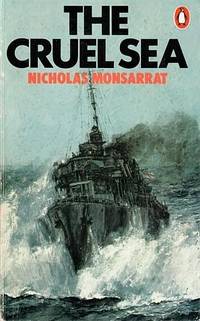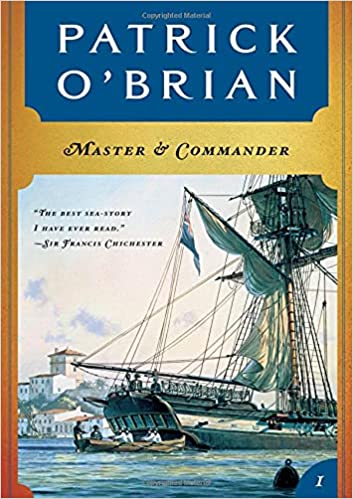Languereau, G. (Ed.). (1970). 15 Aventuras Fantasticas. (C. Appell, Trans.) Bilbao: Editorial Fher, S.A.
Review by Michael Beach
When I first picked up this book of short stories, I got it because it was all in Spanish. I assumed with a glance that the stories were by Spanish authors. As it turns out they are not. There are two stories set in Spain, neither written by a Spanish author. The rest are stories by authors from many countries, originally written in various languages. What the stories have in common is that they are fantasy stories, primarily horror or ‘scary’ stories.
The most Spanish of the stories is La Herencia del Moro by Washington Irving. As I read it, I found it familiar for two reasons. First, years ago I read it while reviewing many works by Washington Irving. The other is that it is set in the Alhambra in Granada, Spain. I lived in Granada as a missionary for a couple of months and visited the Alhambra a number of times. The story is about a hapless water bearer who takes in a Moor and cares for him. His efforts don’t save the wounded man. The Moor dies but not before giving our hero a document that explains how to get to a magical treasure beneath the Alahambra. Another friend is brought in who can read the Arabic language. Together they begin to live better lives. Some others in town try to get their hands on the treasure, the mayor, the sheriff, and a neighbor. Eventually it goes poorly for each of them. Eventually the poor protagonist changes his name, takes his wife and children, and moves far away where they are unknown and can avoid others trying to take their riches.
The other story partially set in Spain is La Venus de Ille by Prospero Merimee. The narrator travels along the border between northern Spain and the southern region of France. A local antiquarian unearths a statue of Venus. In the process of preparing for his son’s wedding, the groom slips the bride’s wedding ring onto the statue as a joke. He forgets the ring being drunk, but when he goes back for it, the statue’s fingers have closed around the ring in a fist. The statue believes itself married to the groom. It is the night before the wedding. The statue comes to life, kills the groom and leaves his bride mentally ill. She is moved to a sanitorium and the statue is melted down to make a bell for the local church.
Despite the fact that these stories are not by Spanish authors, the translation work is impeccable. The stories are still entertaining given the notoriety of the authors. The include Claud Morand, Alexander Dumas, Erckmann-Chatrian, Claire Godet, Prospero Merimee, Edgar Allan Poe, Georgy, Ivan Tourgueniev, Claude Appell, Jules Verne, Washington Irving, Paul Cogan, and Edith Orny. The book is work the read for both the Spanish practice and the stories themselves.










 RSS Feed
RSS Feed